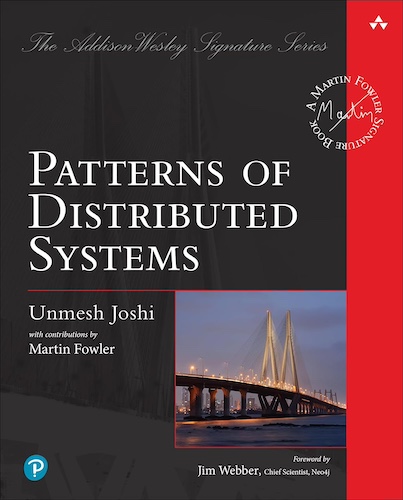Segmented Log
Split log into multiple smaller files instead of a single large file for easier operations.
Problem
A single log file can grow and become a performance bottleneck as it is read at startup. Older logs are cleaned up periodically, but doing cleanup operations on a single huge file is difficult to implement.
Solution
Single log is split into multiple segments. Log files are rolled after a specified size limit.
for more details go to Chapter 04 of the online ebook at oreilly.com
This pattern is part of Patterns of Distributed Systems
23 November 2023

